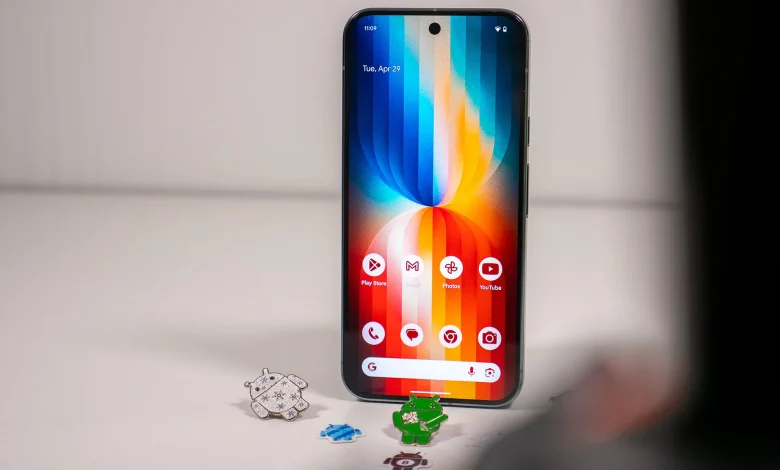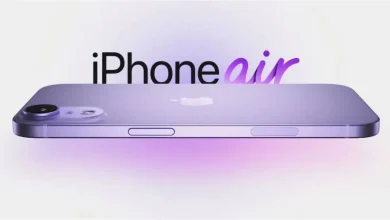
Google Pixel 10 Could Solve Major Display Headache
The upcoming Google Pixel 10 may finally fix flickering display issues by improving PWM dimming rates for sensitive users.
One of the most common complaints among sensitive users—display flickering—might finally be addressed in the Google Pixel 10. A new report indicates that Google is enhancing the screen PWM dimming rate on its devices to tackle the display flickering problem. People who get eye strain or headache have constantly disliked systems using lower PWM rate settings.
The bright contrast and deep black output from OLED panels faces a limitation because of PWM dimming that occurs when brightness falls below certain levels. The Google Pixel 10 is rumored to shift toward a higher PWM frequency, making flicker less noticeable and more comfortable over long viewing periods. The addition of this feature would significantly benefit users who need to navigate their phone in low-lit conditions during nighttime.
Why the Google Pixel 10 May Be Better for Eye Health
If implemented as expected, this change could make the Google Pixel 10 one of the most eye-friendly devices on the market. Google appears to follow Samsung and Apple by implementing methods which reduce PWM-related discomfort. Smoothing dimming transitions happen due to elevated PWM rates which decrease eye strain during extended usage periods.
In addition to the improved display technology, the Google Pixel 10 is expected to include other user-focused enhancements. The device promises a future that brings together hardware improvements with software changes to produce devices which offer both comfort and ease of use. Presently there is no official confirmation on specs but the indications point toward positive developments.
![]()
Building Toward a Premium Experience
Aside from display improvements, the Google Pixel 10 is rumored to build on the solid foundation laid by the Pixel 8 series. Customers anticipate several enhancements in the Google Pixel 10 such as the Tensor G4 chip together with improved thermal control and updated camera functions. The new system upgrades will improve user experience features while avoiding degradation to battery life or system stability.
The company’s strategy now targets small yet significant issues which affect user satisfaction. By correcting something as specific as PWM dimming, the Google Pixel 10 stands out for listening to a smaller, yet vocal, group of users. A successful resolution of this issue will provide an opportunity to begin discussions about health-oriented technology design principles.
![]()
Final Thought
With its rumored upgrades, the Google Pixel 10 might become more competitive with premium smartphones in 2025. Future users may choose the Google Pixel 10 because of its comfort-oriented features even though it does not provide folding displays or top-end hardware. Display health stands as a crucial feature which Google recognizes to be a deciding factor for people experiencing flicker effects.
If Google continues along this path of thoughtful iteration, the Google Pixel 10 could be more than just another Android flagship. The upcoming generation of design will focus on user satisfaction through display comfort and accessibility features which align with wellness benefits and photography capabilities and performance specifications.



